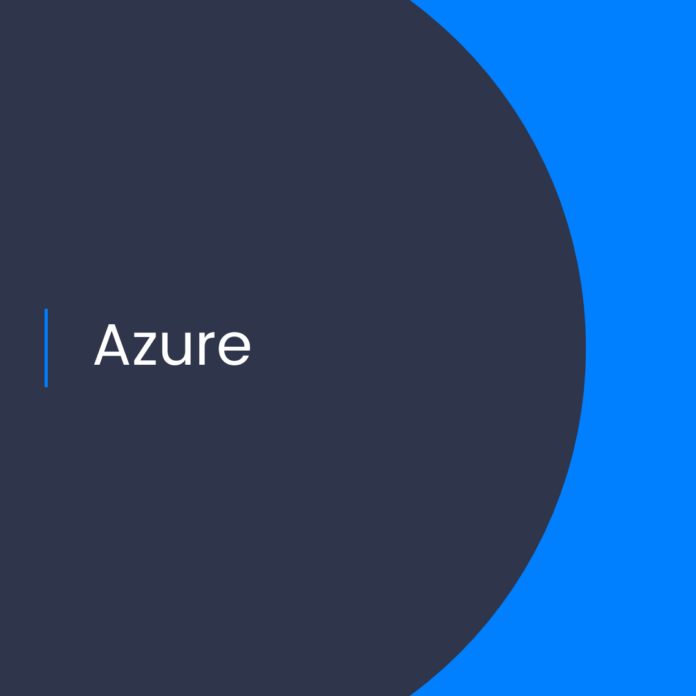Training Large Models in Azure Machine Learning
Introduction
In this article, we will discuss the challenges associated with training large models in Azure Machine Learning (ML). We will also look at the strategies and tools available to help overcome these challenges. We will also review some of the most popular questions related to training large models in Azure ML. By the end of this article, you should have a better understanding of how to successfully utilize Azure ML to train large models.
What Are the Challenges of Training Large Models in Azure ML?
There are a few challenges associated with training large models in Azure ML. These challenges include:
Computational Power
The first challenge is the need for increased computational power. As the size of the model increases, so too does the amount of computational resources required to train it. This can quickly become expensive. To address this challenge, Azure ML provides a variety of tools and strategies to reduce the cost of training large models.
Memory Usage
Another challenge is the need to ensure adequate memory usage. As the size of the model increases, so too does the amount of memory required to train it. This can quickly become a bottleneck. To address this challenge, Azure ML provides a variety of tools and strategies to reduce memory usage.
Time to Train
The last challenge is the need to reduce the amount of time it takes to train a model. As the size of the model increases, so too does the amount of time required to train it. To address this challenge, Azure ML provides a variety of tools and strategies to reduce the amount of time it takes to train a model.
What Strategies and Tools Are Available to Help Overcome These Challenges?
To help overcome the challenges associated with training large models in Azure ML, there are a variety of strategies and tools available. These include:
Distributed Training
Distributed training is a strategy that allows you to split a large model into smaller chunks and train them in parallel. This allows you to take advantage of multiple machines and GPUs to reduce the amount of time it takes to train a model. Azure ML provides a variety of tools to help you set up and manage distributed training.
AzureML BatchAI
AzureML BatchAI is a tool that allows you to easily set up and manage distributed training. It provides a variety of features, such as monitoring and auto-scaling, that make it easy to manage distributed training. It also provides a variety of tools to help you optimize your training process.
Hyperparameter Tuning
Hyperparameter tuning is a strategy that allows you to optimize the training process. It allows you to find the optimal set of hyperparameters to achieve the best results. Azure ML provides a variety of tools to help you set up and manage hyperparameter tuning.
AzureML Compute
AzureML Compute is a tool that allows you to easily set up and manage compute resources. It provides a variety of features, such as auto-scaling and cost optimization, that make it easy to manage compute resources. It also provides a variety of tools to help you optimize your training process.
Popular Questions Related to Training Large Models in Azure ML
Below are some of the most popular questions related to training large models in Azure ML:
* How do I set up distributed training?
* What tools are available for hyperparameter tuning?
* How do I manage compute resources?
* What strategies can I use to reduce the cost of training large models?
* How can I reduce the amount of time it takes to train a model?
Conclusion
In conclusion, training large models in Azure ML can be challenging. However, there are a variety of tools and strategies available to help overcome these challenges. By utilizing these tools and strategies, you can successfully train large models in Azure ML.



